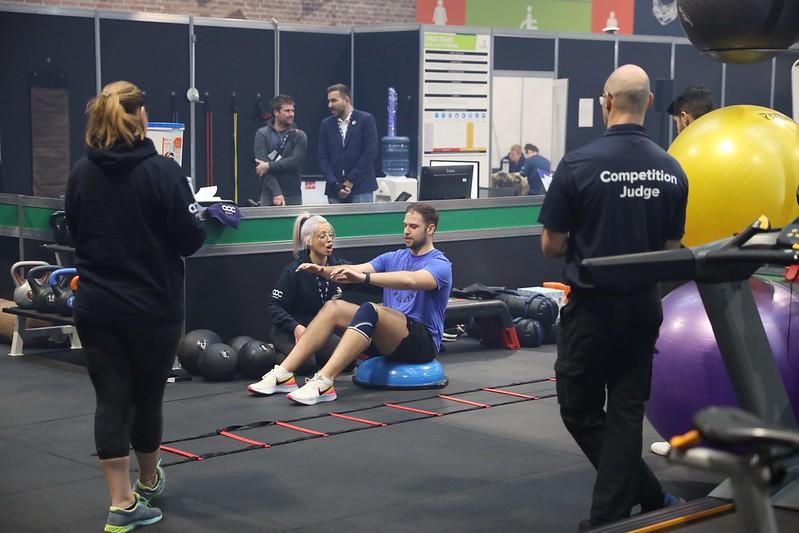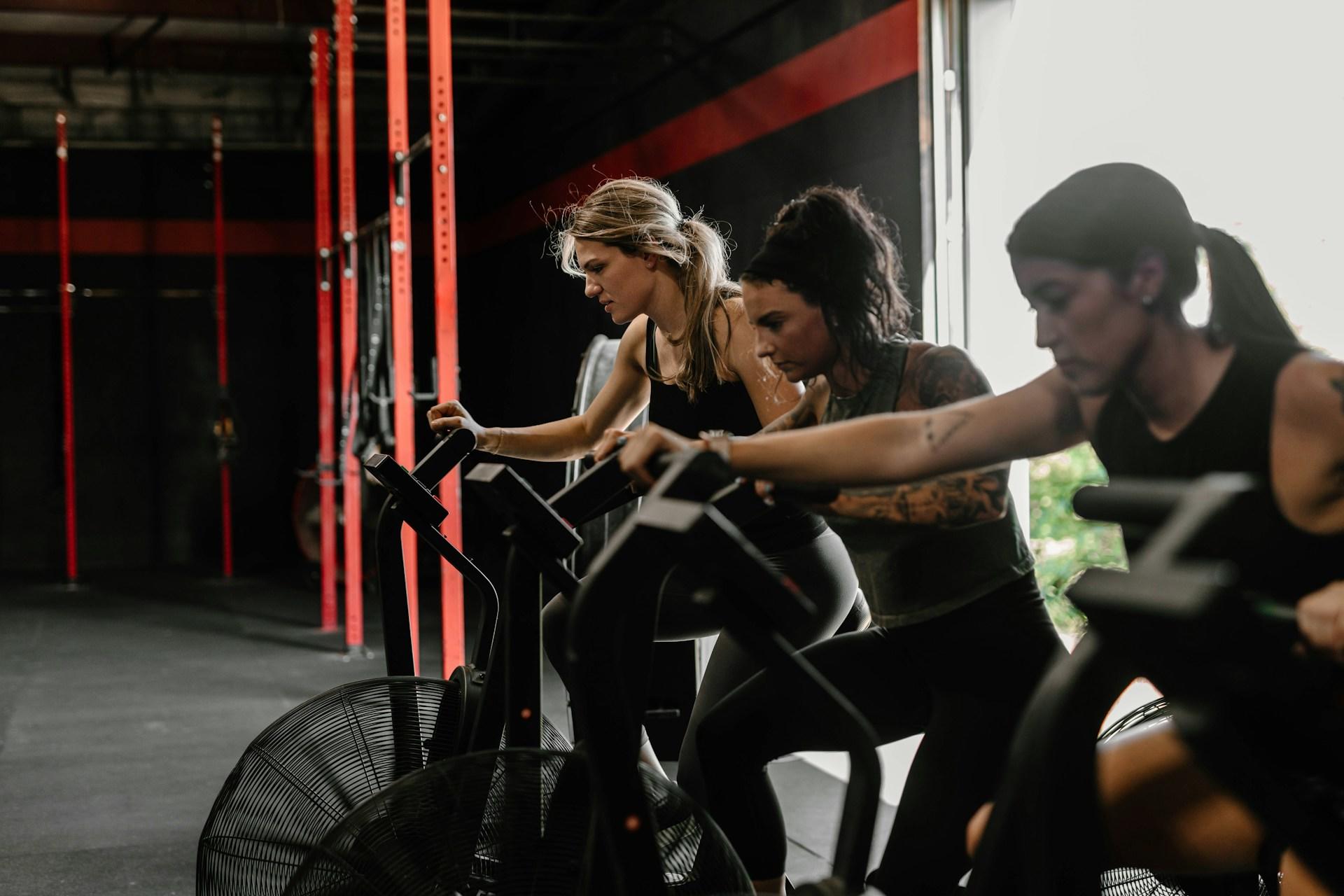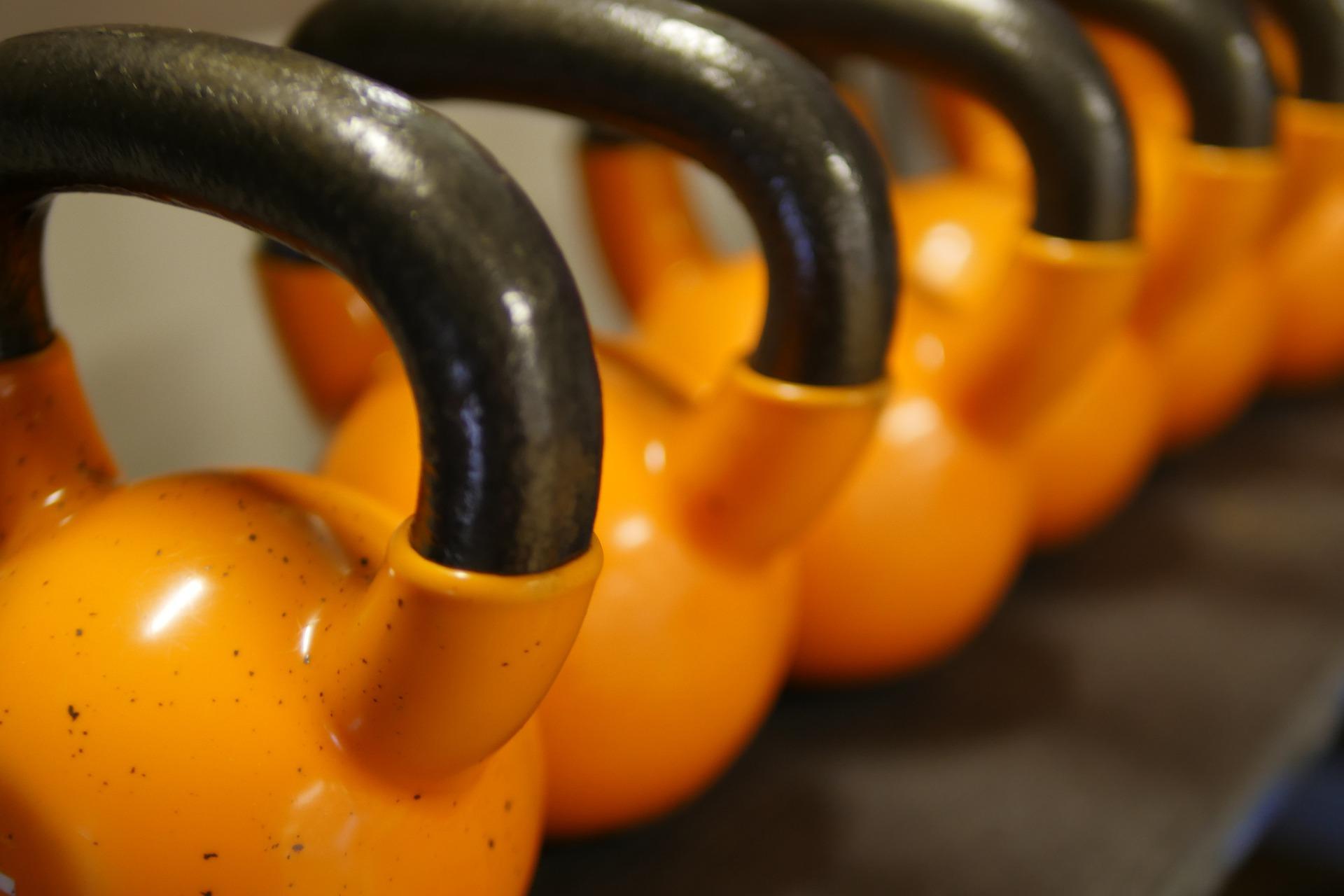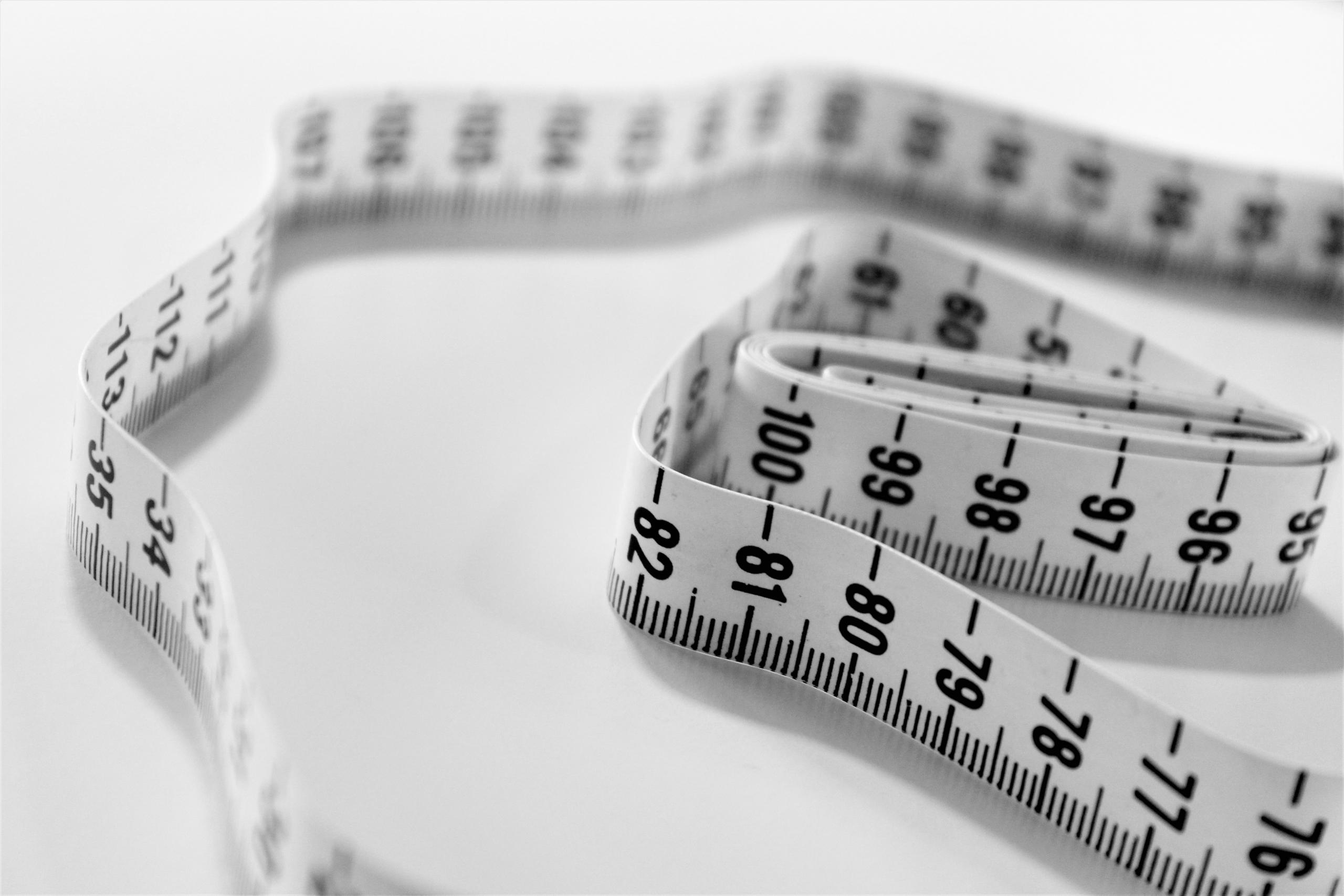There are gym rats and adrenaline junkies, endurance pros and all of the 'ultimate's - ultimate fighters, ultimate skaters, ultimate Parkour traceurs... many different types of exercise developed by professional coaches.
Next to them, marathon running sounds rather quaint, doesn't it?
Nobody will judge you if cage fighting isn't your thing. Indeed, if you're like the rest of us, you just want to tone up, maybe lose a bit of weight and make physical fitness a part of your healthy lifestyle. But before you hire a personal trainer and/or nutrition coach, you should know about the different fitness types:
- toning and conditioning is the personal training advice most people look for
- building endurance is particularly beneficial for those who want to improve their cardiovascular health and muscle resilience
- increasing flexibility not only helps prevent injuries but also gives you a broader range of motion.
- developing and honing physical intelligence will build speed and agility, especially if cultivated in tandem with the other three main types of fitness
Understanding what you want your body to do and become will help you decide the type of personal trainer to search for. It will also reduce the time you have to spend finding a personal trainer and help you keep on track to realise your regimen's benefits as you work toward becoming your best self.
Eventually, you might even decide to make a career out of fitness - but, again, not as some sort of über-athlete. On the other hand, perhaps you're already very fit and asking yourself "Should I become a personal trainer?".
If so, good on you. In fact, good on you for deciding on fitness as a way of life, whether you make a career out of it or not.
Either way you decide to go, Superprof has some pointers for you.

Types of Fitness
Before you can set yourself on your path to fitness, you should know what your fitness type is. Granted, all regimens lead to some degree of fitness - provided they are well executed and faithfully practised, but getting fit is the goal. Defining your fitness type will determine the path you take to get there.
Here are some different types of fitness and a few disciplines and activities that will get you started on your fitness goals.

Endurance Training
Cardiovascular endurance is the type of fitness that allows the body to use oxygen efficiently for longer periods of work. Cardio is a way to boost energy by providing ample supplies of oxygen to your muscles so they don't get tired too soon.
If you're looking to build cardiorespiratory endurance, any aerobic exercise will lead you to your goal. These include dancing, running/jogging, cycling, swimming, skipping rope and callisthenics. On the higher end of the cardio workout spectrum is HIIT - high-intensity interval training. Elliptical machines and boxing are also favoured disciplines.
Where cardio targets your heart and vascular system to deliver oxygen, muscular endurance builds your muscles' ability to perform extended workouts while minimising injury and soreness.
You can build muscular endurance with push-ups, pull-ups (chin-ups) and planking; kettlebell swings and what's known as the farmer's walk/loaded carry, in which you walk while carrying some sort of weight - dumbbells, kettlebells, or even loaded suitcases.
Note that muscular endurance is different from muscular strength - a different type of fitness that increases the amount of force your muscles can produce. The most obvious work for this type is weightlifting. But don't just focus on your upper body and core; your lower body's muscles need strength training, too.
Personal training offers a tailored fitness regimen that adapts to your unique health needs and goals, ensuring every workout moves you closer to where you want to be.
Toning and Conditioning
As suggested in this article's introduction, the average person wants to tone their body and condition it towards healthy living; some want to lose weight on their way to getting fit. If any or all of these are your goals, there is a whole range of disciplines to help you achieve them.
You might consider non-combat martial arts such as Shotokan or Okinawan-style karate, judo and Tai Chi. Certain types of yoga would also be an excellent choice to tone and condition your body, as well as boost your mental wellness and relieve stress.
Other disciplines such as weightlifting and running can also tone and condition your body but, if you're resuming your workout regimen after a long period of inactivity, it's best to start with low-impact activities. You can always expand on your personal trainer plan later.
Flexibility
Once you get past a certain age or if you have been inactive for a while, your body's natural flexibility decreases, a condition that increases your risk of injury. Admittedly, there is no magical workout routine that will turn you into a contortionist but there are plenty that will dramatically improve your range of motion and ease of movement.
They include certain types of yoga, gymnastics and stretching. Tai Chi would also work well, but only to a certain extent. Dancing, especially the more expressive styles like modern dancing and hip-hop can also increase your flexibility. You might even give pole dancing a try!
Building Physical Intelligence
This is one of the least discussed forms of intelligence. Physical intelligence means the degree to which you can use your body with precision, speed and agility. Simone Biles reigns supreme in the physical intelligence realm; she has cultivated every aspect of it.
You might think of physical intelligence as the ABCD of fitness because it stands for agility, balance, coordination and dexterity.
To build physical intelligence, consider adding the heavy bag and speed bag to your list of personal training session ideas. Balance exercises would be good. too; yoga can help with that. Target-oriented sports such as archery, football and basketball, tennis and others can all help you build physical intelligence.
And, if you want to incorporate physical intelligence into your more extreme workout goals, consider participating in a bootcamp. Running through their obstacles courses and tire mazes is a sure-fire way to boost your cardio and your precision!
Now, with an understanding of the different fitness types, let's look at where and how you can get started on your workout goals.
Where to Practise Different Workouts
What's the difference between a gym and a dojo? Can you do aerobic exercise in a weightlifting gym? Can you bring your personal trainer to a boutique gym? What kind of gym do you need if you want an all-around workout?
Gyms are not a one-size-fits-all proposition; some gyms offer different types of workouts while others confine themselves to one discipline, such as boxing or rock climbing. Some gyms are women-only; unless you qualify on that basis, you wouldn't be able to work out there.
Furthermore, many gyms are staffed with personal trainers and coaches for hire. If you've been working with a personal trainer for a while - maybe doing aerobic exercise at home, and wanted to continue your aerobics workout routine with them at the gym, you would first have to see if your new gym would allow them.
Let's run down some of the most popular gyms that offer the broadest training opportunities in the UK.
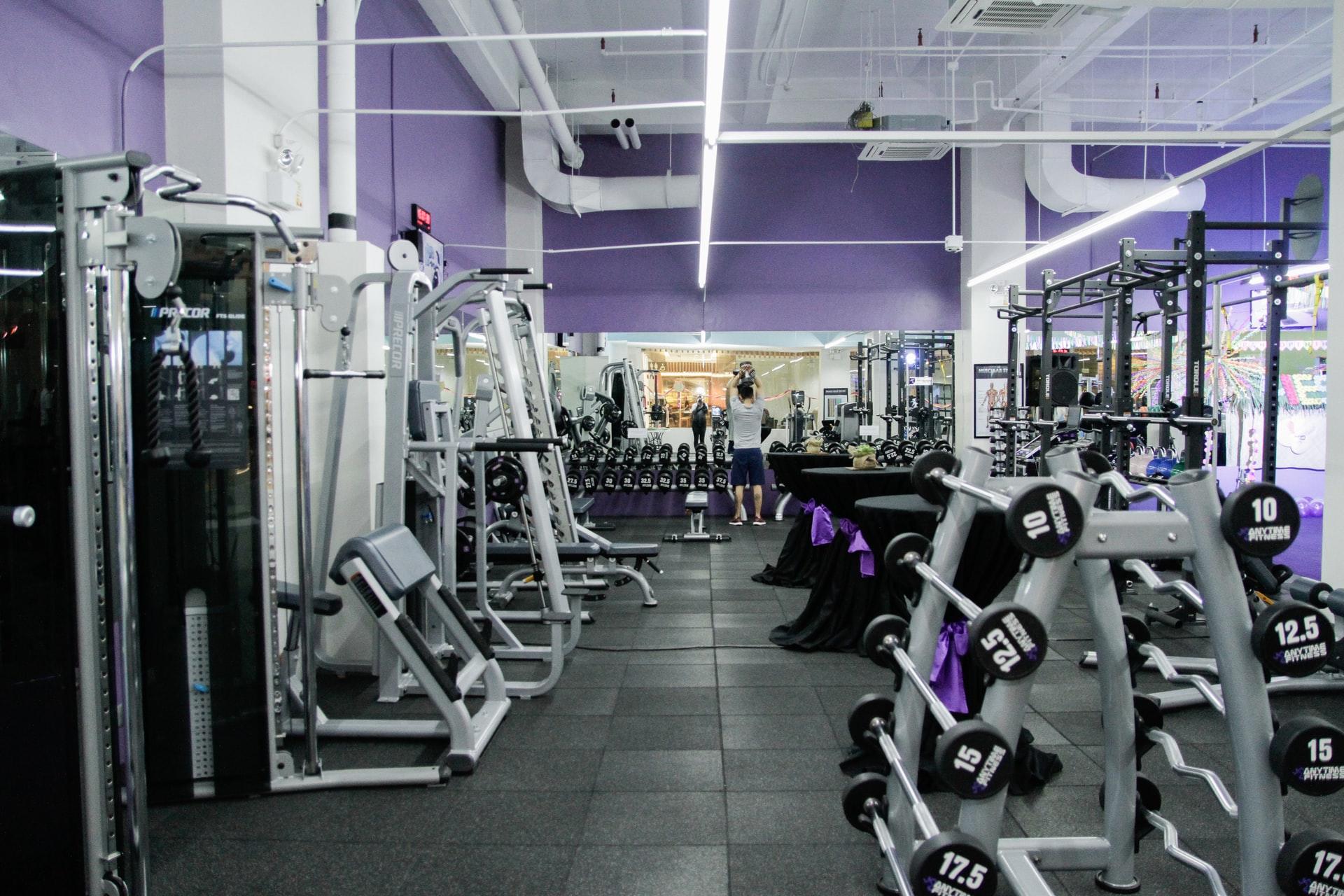
If only there had been no pandemic, one of the UK's best gym chains, DW Sports, would still be in business. In what started out as a well-planned venture, former footballer Dave Whelan bought 50 facilities from JJB Sports with a clear idea of how to grow the business.
The combination of gyms and shops seemed unbeatable. Indeed, what a great way to attract to build a clientele from both sides of the aisle - shoppers and fitness enthusiasts. And maybe matrons could even get their workout in before doing their bit of shopping?
Boutique gyms are all the rage and the concept had nowhere to go but up. The idea was sound, the financing was in place and the owner knew just how to manage such a business. COVID didn't care.
The pandemic might have taken this gym chain down but there are plenty of others scattered across the UK.
Bannatyne Gyms are a fine example of such. Approaching the quarter-century mark - the first Bannatyne gym opened in 1997; they're still going strong today. That's because they are constantly evolving.
Depending on the type of gym, they provide free weights and resistance equipment. Some may provide different machines for all types of workout and have lots of other equipment besides. Some may offer exercise classes - yoga, dancing and the like, while others might have gyms full of kit and personal trainers that show you how to use it and work with you to first establish fitness goals and then reach them.
And then, there's Bannatyne. Part gym, part spa and part social centre, these gyms are designed to cater to the body, mind and spirit. With more than 70 such facilities throughout the UK, there's bound to be one near you.
If not, check out this longer list of gym chains.

Working With a Personal Trainer
Gyms that are all too happy to get your signature on a year-long contract and collect their fees have given the industry a bad reputation. Especially when, come time to get patrons familiar with their facility and making sure they know how to use the equipment safely and effectively, suddenly, that rapacious attention vanishes.
But in reality, that's not so bad if you're familiar with standard gym equipment and protocol. If you have your wellness goals firmly in mind and know what you're after, it might be fine to be turned loose in a cavernous room filled with potential danger.
However, if you only have the most basic idea of what you want out of your workout regimen and no idea of what that regimen should consist of, you will surely need some guidance, especially if you want to start with aerobic exercises. After all, that's the point of all those Zumba videos, isn't it?
Consider workouts led by a personal trainer.
That title sounds rather pretentious - personal chauffeur, personal chef, personal assistant... you get the drift. But there's nothing pretentious about these fitness experts.
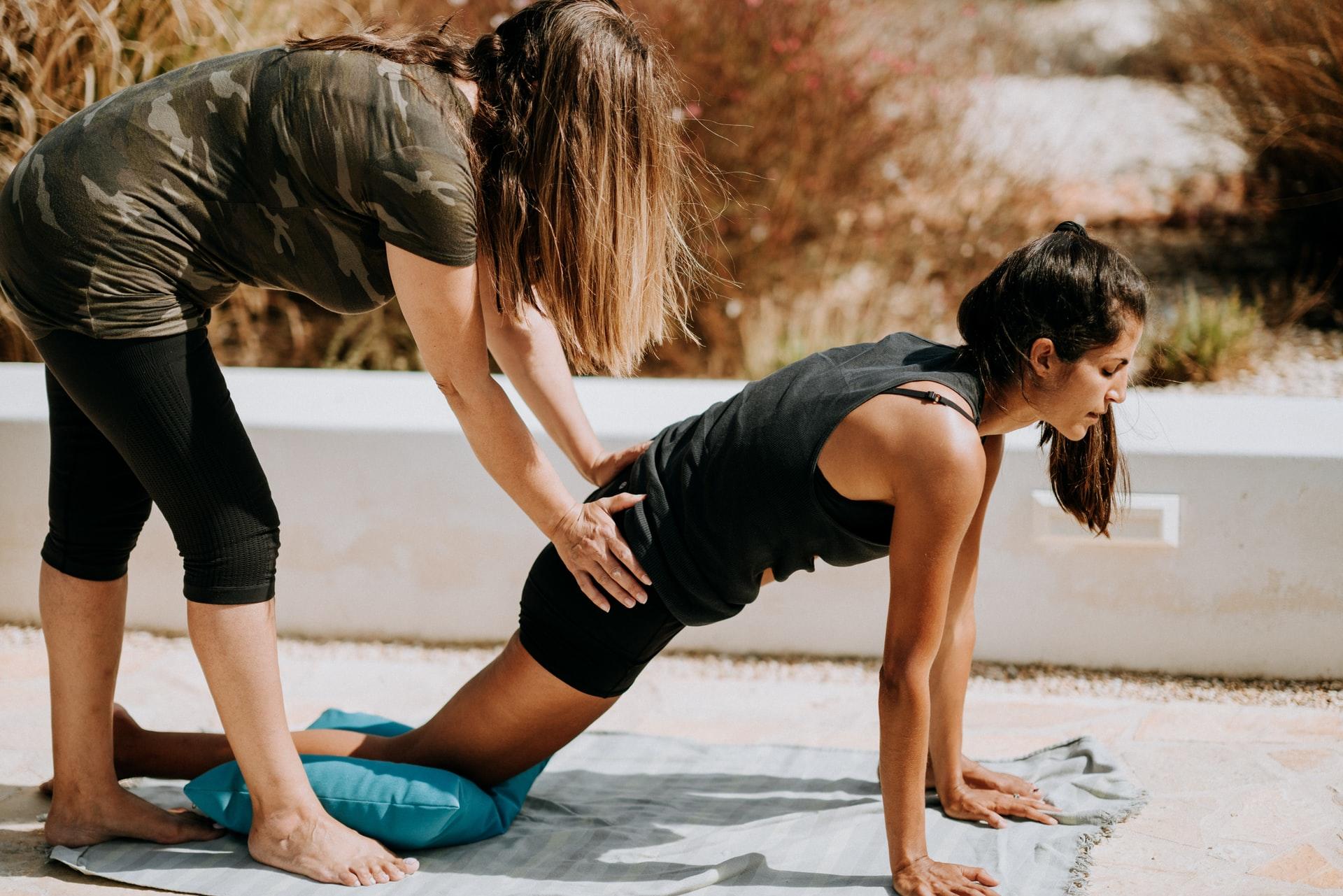
The best personal trainers follow these steps:
- talk with you about wellness goals
- help you define what you want out of your fitness routine
- ask you questions about any health concerns and conditions you live with
- they also inquire about the state of your mental health
- complete a physical assessment - weight, BMI, strength and muscle tone, possibly even a cardio stress test
Once they've completed their intake questionnaire, they will likely make recommendations about your exercise regimen. They will also make nutritional suggestions; maybe even lay out an entire diet plan. As you'll discover later in this article, personal trainers are qualified to make dietary recommendations.
If you and your personal trainer decide that the gym is, indeed, the best place for you to start your fitness journey, they will take you around a suitable facility, introducing you to the equipment and other gym members/personnel along the way.
And then, you'll get to work. To find out exactly how that aspect of personal training goes, we present an entirely separate article.
What to Eat Before Different Types of Training
As your personal trainer conducts their intake, listen closely for a mention of pre-workouts. They are vital to your wellness regimen and absolutely necessary to maximise your efforts in the gym.
A pre-workout is something you eat and/or drink about 45 minutes before you start your workout, to provide your body with the fuel it needs for the upcoming ordeal.
Fuel is the operative word in that sentence. We're not talking about just having something in your stomach but about a specific combination of ingredients that will give your muscles the necessary boost to undergo your whole workout routine without getting too tired or sore.
Ideally, your pre-workout will contain protein - food for your muscles, creatine to help grow muscle cells and caffeine to deliver the necessary boost of energy. Pre-workouts deliver other healthful substances, too.
Now, for a word of warning. If you happen to be caffeine sensitive, be very selective in which pre-workout you choose. Some have mega-doses of caffeine; so much that you might end up with a bad case of the jitters and have trouble falling asleep, despite your vigorous workout.
Also, avoid the disturbing new trend of dry-scooping: eating protein powder straight, without mixing or diluting it.
If you're pressed for time and/or have no desire to read the ingredients list on a host of protein powder jugs, power bars or supplement labels, you could prepare your pre-workouts at home. Just remember that they should be carb- and protein-heavy. A stick of celery with peanut butter or cream cheese won't see you through the different types of exercise you'll do.
It might sound counterintuitive to load up on protein and carbs before a workout, especially when you're trying to lose weight. The idea is to power your workout, not put your body in a state of ketosis - a condition wherein fat provides the body's fuel.
If you're thinking "Yes! Yes! I want to burn fat!" and baulking at carb-ing out, the whole idea of pre-workouts should clear up any misconceptions you might have.
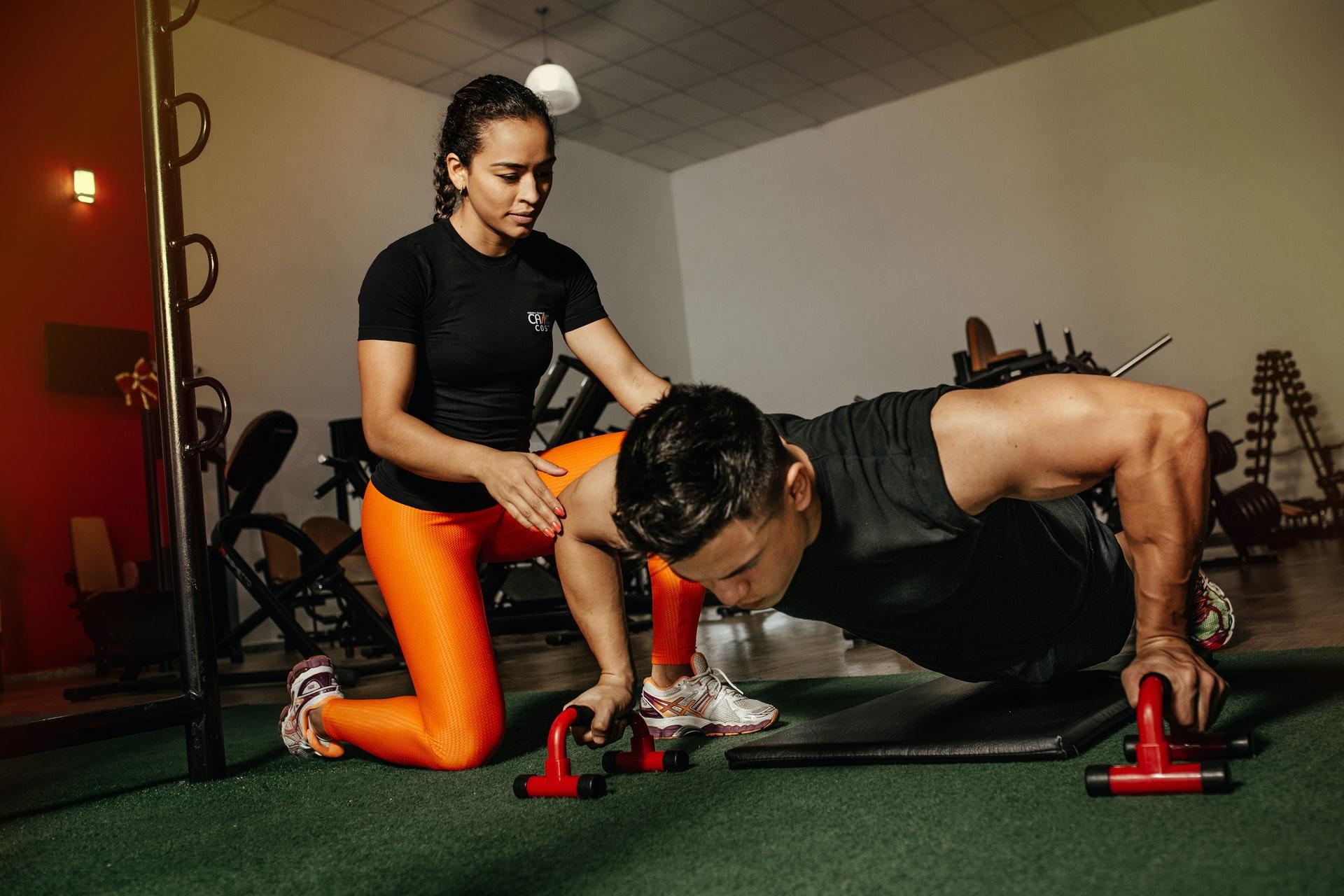
Expanding on the Types of Exercises
One reason why people give up on their workout is boredom. After returning to a certain level of fitness, they find they've plateaued; adding reps and prolonging the workout doesn't bring them any benefit. On the contrary, it may overwork their muscles, causing strain and injury.
Usually, diversifying the training is the best way to counter exercise burnout/boredom. For instance, if you can easily complete your aerobics routine, you might add swimming or strength training to the mix. If you've attained a degree of flexibility you had in your younger years, you can try more intensive types of yoga such as Bikram or hot yoga.
And if you're looking for greater physical challenges, you could start circuit training, try plyometric training or high-intensity interval training (HIIT).
HIIT is a vigorous exercise routine that involves interrupting moderate intensity exercise with bursts of high-intensity anaerobic moves - sprinting, cycling, rowing and the like. Unlike a Zumba class or yoga session, there's no set time for this type of workout. However, it typically does not extend beyond 30 minutes.
Plyometrics involves jumping: box jumps, jump squats, tuck jumps and burpees, and skipping rope. Clapping push-ups also count as plyometric because they involve an explosion of movement amid more standard exercise moves. In that sense, they mirror HIIT; indeed, many personal trainers contend that 'plyos' are HIIT's perfect complement.
Plyometrics are great for building strength and precision, agility and speed. You can do plyometrics without much special equipment; a skiprope might be necessary but you can always use blocks, benches and boxes designed for that purpose, if your gym has them.
Circuit training is a lot like HIIT but not as intensive. The workout comprises a circuit, hence the name, and it includes aerobic, endurance and resistance training elements. Each circuit segment works a targeted area of the body: upper, lower, core and trunk and, finally, the whole body at the same time.
Once you've worked your way through one circuit - completed all of the moves, a short rest is in order before engaging in the next circuit. As with plyos and HIIT, there is no recommended duration for each circuit training session; a session typically lasts anywhere from 20 to 30 minutes.
The key to sticking with a fitness workout is to keep it interesting. Once you can easily finish what counts as moderate exercise - essentially, anything that raises your heart rate and sustains that raised rate throughout your workout, you're likely ready to up the intensity factor.
Or you could help others attain your level of fitness.
How to Become a Personal Trainer
If you're a fitness buff who has read this far into the article, you might feel frustrated that it seems we're talking only to gym novices. Considering the topics covered, that's warranted, don't you think?
But what about you, who have made it so far into your journey that you are now ready and able to impart the wisdom of your experience to others?
Well, not so fast, my gym-loving friends. First, you have to attain a demonstrable level of competency, as required by the government. And what level would you like to park your gym towel on?
Level 2 means you can teach various types of exercise classes in a gym; Level 3 indicates you've taken the extra steps to set yourself up in business as a personal trainer. Obviously, the latter classification goes far deeper into the principles of fitness and nutrition.
But the payoff is worth it. After undergoing this expanded, more intensive training, you will have the qualifications to set yourself up in business as a personal trainer. And from there, the sky's the limit.
You might forge an independent path, advertising through word of mouth or by posting flyers around town. You could set up a social media page for your physical training business and invite prospective clients to your training centre or, if you don't yet have a training facility of your own, you could make house calls.
That's what many Superprof personal trainers do.
In fact, many Superprof personal trainers rely on the Superprof platform to bring clients to their door. All you have to do to join them is build a profile and upload your credentials. Once they're verified, your profile page will go live. Soon, you will have a host of workout hopefuls asking how you could help them.
If you practise a specific discipline, maybe yoga or bodybuilding, be sure to list yourself as such a specialist. Also, you might expand your training delivery methods online so that, rather than meeting with your clients, you only need to log into your favourite video chat platform to conduct your sessions.
The possibilities for a career in personal training are endless and, just now, coming out of the pandemic, demand is high. Why not learn more about how you could make a life for yourself helping others get fit?

